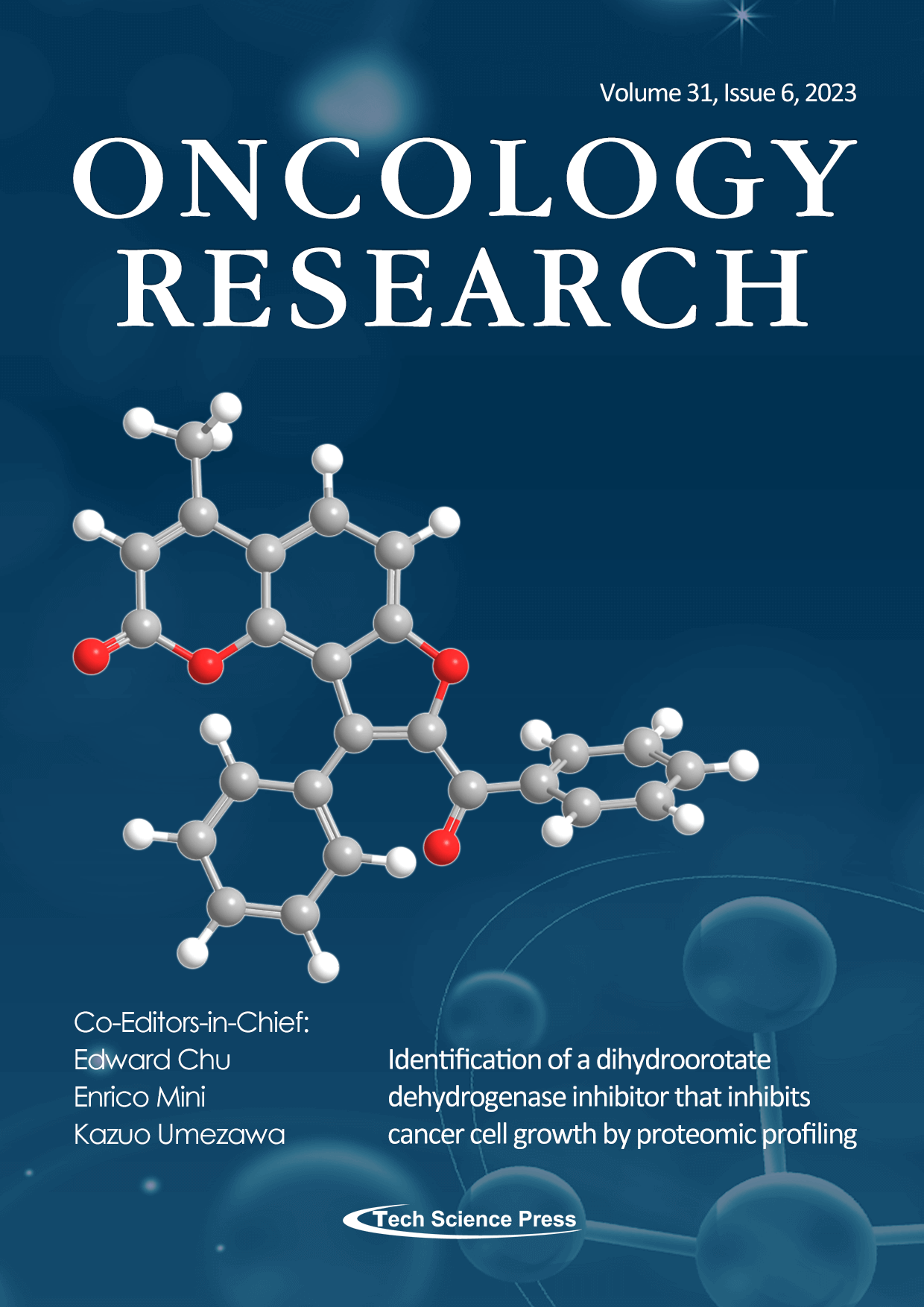
Dihydroorotate dehydrogenase (DHODH) is a flavin-dependent enzyme crucial for de novo pyrimidine biosynthesis and is a promising drug target for the treatment of cancer and autoimmune diseases. Kawatani et al. identified a novel small-molecule DHODH inhibitor by proteomic profiling. Cell-based screening identified NPD723, which is reduced to H-006 in cells, as a potent inducer of myeloid differentiation. ChemProteoBase is a two-dimensional difference gel electrophoresis (2D-DIGE)-based proteomics database that includes profiles of proteomic perturbations induced by various inhibitors. Proteomic profiling with ChemProteoBase revealed that H-006 is a potent and selective DHODH inhibitor. The cover image depicts the structure of NPD723.
View this paper